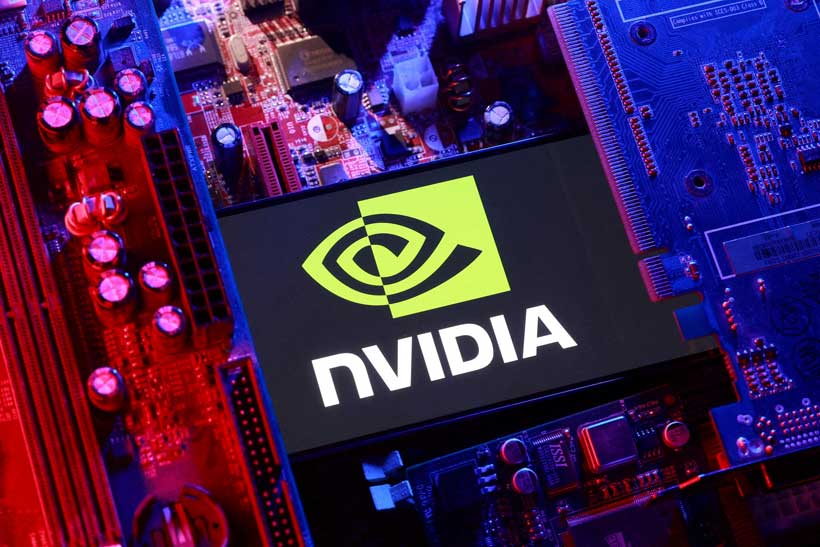NEWS BRIEF
Nvidia has invested $5 billion in Intel, becoming one of its largest shareholders and entering a strategic partnership to jointly develop AI and data center chips. The move signals a significant realignment in the semiconductor industry, bolstering Intel’s turnaround efforts with financial and technological support while positioning Nvidia to diversify its manufacturing dependencies and strengthen its standing with the U.S. government.
WHAT HAPPENED
- Nvidia acquired a ~4% stake in Intel for $5 billion, paying $23.28 per share, a premium to the U.S. government’s recent $20.47 per share investment but below Intel’s last closing price.
- The companies will collaborate on developing integrated data center and PC chips, leveraging Nvidia’s GPU and interconnect technologies with Intel’s CPU designs.
- The partnership excludes Intel’s foundry business, meaning Nvidia will not initially use Intel for manufacturing, though future expansion remains possible.
- Intel’s shares surged 30% premarket, reflecting investor optimism about the alliance and its potential to revive the struggling chipmaker.
WHY IT MATTERS
- Intel’s Lifeline: The investment provides critical capital and credibility for Intel’s turnaround under CEO Lip-Bu Tan, following recent infusions from SoftBank ($2B) and the U.S. government ($5.7B).
- AI Market Dynamics: The collaboration aims to challenge TSMC’s manufacturing dominance and AMD’s competitive position in data centers by combining Nvidia’s AI accelerators with Intel’s CPUs and proprietary high-speed links.
- Geopolitical Alignment: Nvidia’s move aligns with U.S. efforts to onshore chip production and secure supply chains, potentially easing regulatory pressures on its China sales.
- Industry Reshaping: The partnership blurs traditional competitor boundaries, forcing rivals like AMD, Broadcom, and TSMC to reassess their strategies in AI and high-performance computing.
IMPLICATIONS
- AMD and TSMC face heightened competition as Intel gains access to Nvidia’s cutting-edge AI and interconnect technologies, potentially disrupting the AI server and PC markets.
- Foundry Future: Intel’s inability to secure Nvidia as a manufacturing customer for now—leaves its foundry ambitions unfulfilled, though future phases of collaboration could expand into production.
- China Strategy: Nvidia may leverage this U.S.-friendly investment to negotiate more flexibility in selling restricted chips like the H20 in China, balancing geopolitical tensions with market access.
- Investor Confidence: The partnership could attract further investment into Intel, accelerating its innovation cycle and helping it reclaim relevance in advanced chip design and manufacturing.
- Regulatory Scrutiny: Close collaboration between two semiconductor giants may draw antitrust attention, particularly if perceived as reducing competition or consolidating market power.
This briefing is based on information from Reuters.


